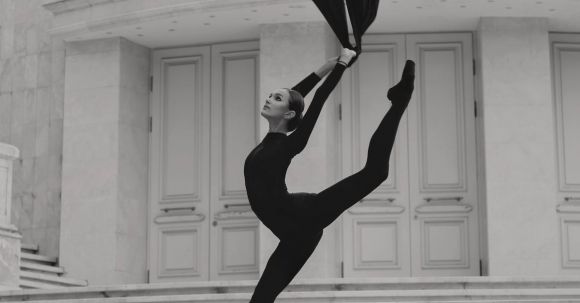Street art has come a long way since its beginnings as a form of rebellion and expression in the 1970s. What was once seen as vandalism is now celebrated as a legitimate art form, with its own unique styles and techniques. In this article, we will delve into the evolution of street art, from its humble origins to its current status as a recognized and respected art movement.
The Birth of a Movement
In the 1970s, graffiti emerged as a powerful form of self-expression in cities like New York and Philadelphia. Artists used spray paint to leave their mark on walls and subway cars, often as a way to claim territory or make political statements. This raw and unfiltered form of art quickly gained attention and became a symbol of urban culture.
Breaking Boundaries
As street art gained popularity, artists began to experiment with different styles and techniques. Stencil art, for example, became a common method of creating intricate and detailed images. Artists would cut out stencils and use them to spray paint their designs onto walls, allowing for greater precision and consistency.
Another breakthrough in street art was the introduction of wheatpaste, a type of adhesive made from a mixture of flour and water. Artists would create their designs on paper or other materials and then paste them onto walls, creating temporary installations that could easily be removed or replaced. This allowed for a more dynamic and ever-changing street art landscape.
From Vandalism to Legitimacy
Despite its growing popularity, street art continued to face opposition from authorities who saw it as nothing more than vandalism. However, as the years went on, public opinion began to shift. Street art started to be recognized for its cultural and artistic value, with many cities even commissioning artists to create large-scale murals and installations.
One of the turning points for street art was the emergence of artists like Banksy. With his thought-provoking and politically charged works, Banksy brought street art into the mainstream, challenging traditional notions of what art should be and where it should be displayed. His anonymity only added to the intrigue and mystique surrounding his art.
The Rise of Street Art Festivals
In recent years, street art festivals have become a global phenomenon, providing a platform for artists from around the world to showcase their talent. These festivals bring together artists, curators, and enthusiasts, fostering collaboration and promoting the exchange of ideas. From the famous Wynwood Walls in Miami to the annual Mural Festival in Montreal, these events have helped elevate street art to new heights.
The Future of Street Art
As street art continues to evolve, it is clear that it is no longer confined to the streets. Many street artists have successfully transitioned into the gallery scene, with their works being sold for substantial sums at auctions. Institutions like the Museum of Contemporary Art in Los Angeles have dedicated entire exhibitions to street art, further solidifying its place in the art world.
Conclusion: A Revolution in Art
Street art has come a long way from its humble beginnings as an act of rebellion. It has evolved into a legitimate art movement, challenging societal norms and provoking thought. From its birth in the streets to its current recognition in galleries and museums, street art has revolutionized the way we perceive and appreciate art. With its ability to engage and inspire, street art will undoubtedly continue to push boundaries and shape the future of art.
